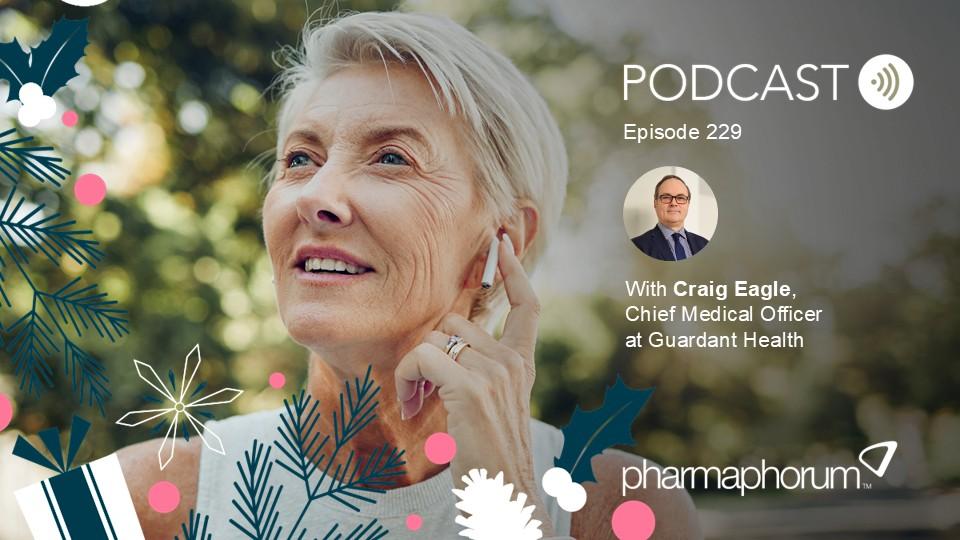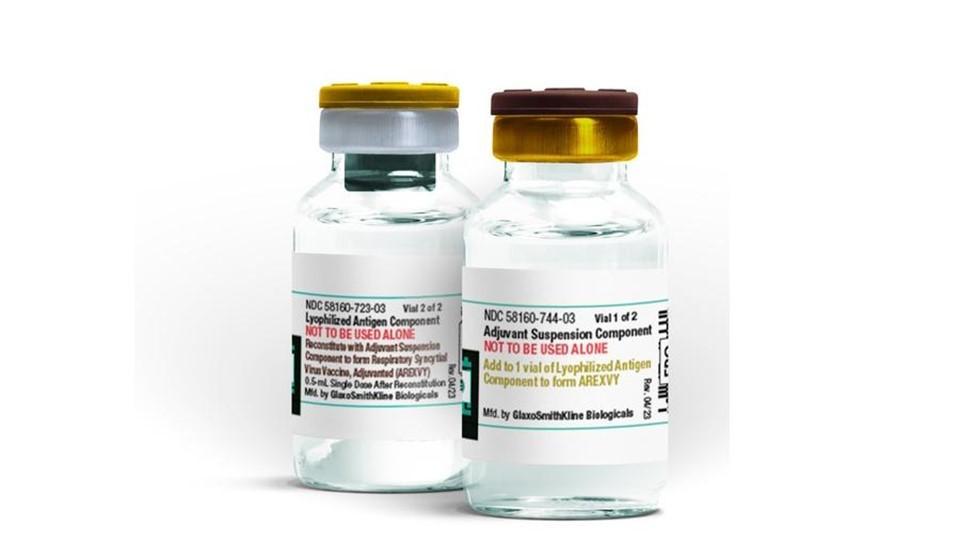Mobile – the device powering the next big evolution of human health behavior

Leigh Householder
GSW Worldwide
Maybe you've had this debate: Is mobile a device, a channel, or a behavior? A tool, a place, a fundamental change?
Arguably, it's all those things: mobile represents cultural evolution at the complex intersection of technology, expectation and interaction.
In other words: it's big.
And, ubiquitous. 88 percent of Americans have cell phones. Over half of those are smartphones. 73 percent of Gen X (and 70% of Gen Y) access the mobile Internet / People who are 65+ are more likely to have a cell phone than a home internet connection. (Pew Research 2012/11, Forrester, 11/2011) This tsunami of cellular is changing how every generation connects.
The trick for marketers is that it seems so similar to other devices and channels we know that we're more likely to resize for it than truly rethink for it. After all, a screen is a screen, right?
Not in this case. Instead, mobile is the fundamental shift we’re not talking enough about. Here are five big ways it is changing health and healthcare marketing:
Bigger threat to television advertising than the DVR
The IPG Media Lab in Los Angeles pulled together a representative group of TV and online video viewers and asked them to sit through some programming while equipped with the usual "devices or distractions" that accompany their viewing habits. The first thing noted was that 94 percent of TV viewers and 73 percent of online video consumers used some other form of media to augment their visual entertainment. Smartphones were the most common, with 60 percent of test subjects resorting to their handset while gawking at the TV. That's resulted in a mediocre 52 percent attention level during actual programs and 37 percent during ads. In other words, two thirds of the time commercials are being ignored and smartphones are helping people with that behavior. Ironically, fast-forwarding advertisements using a DVR garnered attention levels that were 12 percent higher, mostly because people were trying to make sure they didn't skip too far ahead.
 ,
"People who are 65+ are more likely to have a cell phone than a home internet connection."
 ,
Catalyst to entirely change the web
The real beauty of the iPad is that it showed us how the web should really look. After a decade of top navigation and bullet points, the iPad made people rethink the screen. It inspired entirely new interfaces designed around deep content and multimedia experiences.
Mobile is posed to force a similar shift – the small screens will show us how the web should really be used. Our cell phones are our chief mobility tool – helping us make decisions on the go, find our way, get what we need, and generally have a successful day. They don’t really help us read about products or sign up for newsletters. Successful mobile websites and tools are about action – they provide unprecedented utility.
In retail, we’re seeing frictionless payments and mobile wallets. In healthcare, we’re starting to see utility focused on access.
The mass democratization of access
I'm not talking about the digital divide – although mobile is poised to fix that, too.
Instead, I'm talking about the health care gulf. The radically different quality and specificity of care you have access to in rural areas vs. urban communities, in first world vs. developing countries, when you're ambulatory vs. home bound or disabled, when you have a great care partner vs. being on your own.
Mobile is taking better health everywhere. From simple text alerts that have radically changed how AIDS drugs are distributed in Africa to entirely new devices that take diagnostics beyond where big machinery could ever affordably travel, mobile is on the frontlines of global health.
It’s created unprecedented access here at home, too. The Department of Veterans Affairs recently rolled out an entire suite of telehealth tools built on the American Well platform. Using a simple app, any veteran can schedule appointments, starts a video consultation with a PCP or specialist, or trade secure messages with his care team. The VA even plan to do away with copays for in-home telehealth services in an effort to increase access to the services for veterans with health conditions, who are frail or have difficulty traveling to healthcare facilities.
 ,
"After a decade of top navigation and bullet points, the iPad made people rethink the screen."
 ,
The Adolescent Pregnancy Prevention Campaign of North Carolina has created a different kind of mobile access – one that replies to texts. “You text us a question to 36263. Within 24 hours, we text you back with an answer. It’s that simple. We won’t judge you or preach to you, you get the best advice and information that we can offer free of charge. All questions are welcome and no question is too outrageous. We’re here to help.”
The source of the next health break through
Mobile may be the long-sought key to activating wellness because mobile makes good choices quantifiable.
Our cell phones can provide information, recommendations and reminders based on our actual behavior by using sensors embedded in a user’s clothing (shoes, bracelets, etc) or activating smart phone capabilities (like a camera or accelerometer). Users can track as much or as little data (activity, sleep habits, calories) as they want to get customized advice on what to do and how to improve in real time.
Peripherals – like a blood pressure cuff or glucose monitor that plug right into your phone – make the data even deeper.
It’s a huge opportunity and an even bigger challenge for health care. Making that glut of real world data part of an exam room or payer conversation are big leaps – but ones that could make diagnoses and wellness planning even more effective.
The central remote control of your life
We’re getting very close to the day when everything will be “smart.” All the elements of your home, your care, your health connected and navigated through your universal life remote (i.e. your smartphone).
 ,
"Mobile may be the long-sought key to activating wellness because mobile makes good choices quantifiable."
 ,
Home appliances are already there – with thermostats, ovens, alarm systems and even refrigerators that can update your cell phone in real time and be entirely controlled by the same interface.
Cars are getting closer with remote starter devices and an array of health tools – from heart monitors to allergy alerts – that could potentially update a universal tracker.
Next is mobile ID – a payment mechanism and set of personal identifiers that replace that other bump in your pocket (the wallet). The electronic medical record could be a critical piece of that identification – making emergency care more informed and everyday care easier.
Mobile: just a smaller screen? No way.
About the author:
Leigh is a digital strategist at GSW Worldwide and managing director of iQ, the agency’s innovation lab dedicated to how technology advances can benefit the future of healthcare marketing.
She has worked at a number of leading advertising agencies in Chicago and Columbus, including Sard Verbinnen, Albert Frank, Eyewonder and national branding firm, Ologie. She’s delivered meaningful brands and successful campaigns for a range of clients from well-known financial brands (PNC, Nationwide) to category-leading retailers (Bed Bath &, Beyond, Big Lots) to national associations (American Medical Association, American Lung Association) to universities (The Ohio State University, Hartwick College).
In 2011, Leigh was named a Rising Star by the Healthcare Businesswomen's Association (HBA) for her overt passion, industry thought leadership and significant contributions in new business, strategy and mentoring. Deep in the art of digital community construction and stewardship, she has spoken about trends and social media at national and regional conference for PRSA, AMA, ACUHO-I, American Society of Association Executives, Digital Pharma, Ohio Grantmakers Forum, and others. She contributes to many publications, including MedAdNews, PharmaVoice, PM360, Financial Times, Marketing Vox, DMI Review, The Social Path, AdWeek, and Business First.
Is mobile a device or a behaviour?












